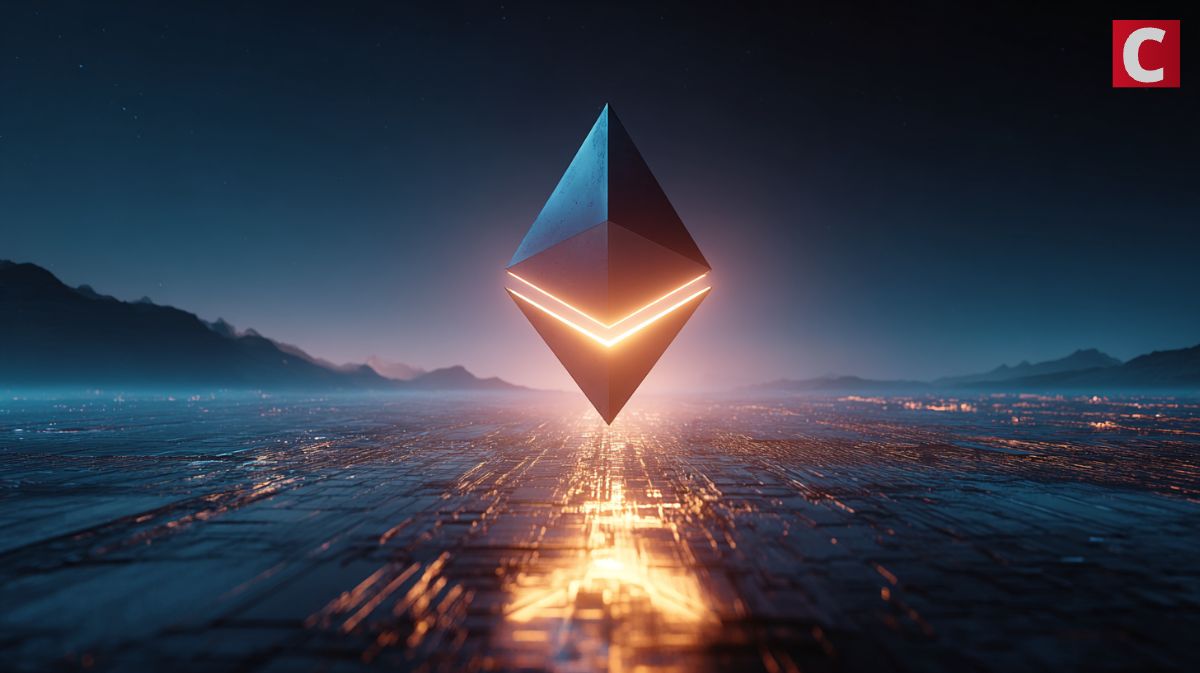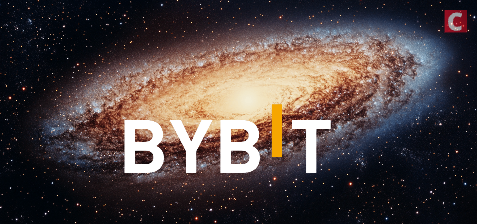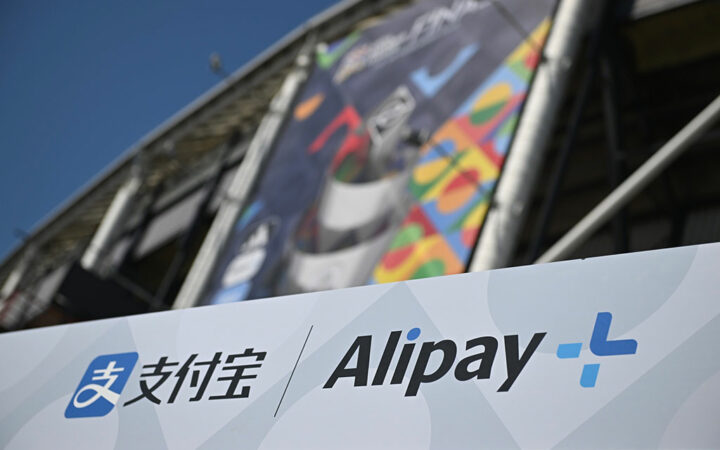
September 25th, 2025
Stay on top of the latest Web3 news as the next form of the internet evolves and becomes more popular because of its exciting offer of decentralization. Get insights into innovations and key partnerships formed in the Web3 space as it changes the digital world through decentralized apps (dApps) and tokenization.

Pudgy Penguins launched its skill-based Web3 game Pengu Clash on the TON blockchain. However, the PENGU token slipped 8%.

Bybit plans to shut down major Web3 services, including wallets and NFT tools, by May in order to focus on core blockchain offerings.

Hong Kong’s SFC has issued new crypto staking guidelines for virtual asset trading platforms and custodians to improve investor protection.

Linera and Walrus collaborate to enhance Web3 applications with scalable storage, real-time processing, and improved decentralized data management.

Fetch.ai unveils ASI-1 Mini, an AI model for Web3, enabling decentralized ownership and advanced automation through blockchain-integrated agents.

MyShell’s $SHELL airdrop begins post-IDO, rewarding users as its AI-powered Web3 ecosystem gains momentum with top-tier backing.

D3 Global raises $25M in Series A funding to develop Doma Protocol, aiming to transform domain infrastructure and expand DomainFi into a $340B asset class.

BNB Chain introduces a groundbreaking no-code meme coin solution that democratizes crypto project creation. The platform streamlines token development and management, requiring no programming expertise.

A landmark lawsuit challenges the US government’s stance on Web3 development licenses, as the industry anticipates major regulatory changes under new leadership.

FDUSD, a 1:1 USD-backed stablecoin, expands to Solana blockchain, integrating with top DeFi protocols amid growing demand for stable digital assets.

Venture asset management firm Sigma Capital introduces a $100 million fund dedicated to early-stage Web3 projects, aiming to invest in 100 startups and 25 liquid tokens over three years.

One of the most promising solutions to simplify Web3 interactions is to integrate AI into on-chain interfaces.

This historic move was spearheaded by Bonsai3’s team and over 35+ partners.

According to Avalanche, users can obtain the vouchers from one of its partners in Southeast Asia by playing branded mini games.

Cabinet’s decision has set the tone for a potential legal reform that will allow Japanese venture capital firms to invest in projects that issue virtual currencies.
Web3 represents a significant shift from the conventional model of the internet. In the conventional model, big tech companies, social media giants, and several other intermediaries maintain a high level of centralized control. On the other hand, Web3 is based on blockchain technology, which brings more ownership and control. At its core, Web3 offers a more democratic internet, with more transparency than the traditional model.
Instead of centralized data servers as used in Web 2.0, Web3 uses blockchain technology to create peer-to-peer networks that function without the need for an intermediary. This means that users can create and control their own data and digital assets. In addition, instead of leaving critical decisions to a few key players, decentralization allows the average user to participate in governance, democratizing all major decisions.
Web3 has also revolutionized decision-making through decentralized autonomous organizations (DAOs) that allow token holders to vote, ensuring community members retain control.
Web3 news contains stories of continuous expansions driven by innovations in the blockchain. Through decentralized finance (DeFi), users can access much-needed financial services without the need for centralized banks or traditional financial institutions. For instance, there are several decentralized protocols where people can quickly lend and borrow assets, with transactions automated and governed by smart contracts.
Beyond finance, other applications for Web3 include digital identity and tokenization, both of which simplify access to data and lower the barriers of entry for new users, developers, and businesses.
Explore the Web3 guide for more information about the new decentralized model of the Internet.
Web3 is a new version of the internet, decentralized via blockchain technology. Cryptocurrencies are a part of Web3 since they operate on blockchain technology and enable peer-to-peer transactions and decentralized finance (DeFi).
The primary difference between Web 2.0 and Web3 is decentralization. While Web 2.0 functions via centralized platforms controlled by giant companies like cloud services firms, Web3 allows users to own and control their data and digital assets.
Web3 investments are possible through blockchain technologies, cryptocurrencies, and decentralized applications (dApps). Anyone looking to invest can find Web3 projects that offer varying investment opportunities.
Ethereum co-founder and Polkadot creator Dr. Gavin Wood is often referred to as the Father of Web3 because he coined the term and contributed significantly to promoting the concept of a decentralized internet.
Since Web3 is decentralized, there is no single entity in control. Power and authority are distributed across the entire network.